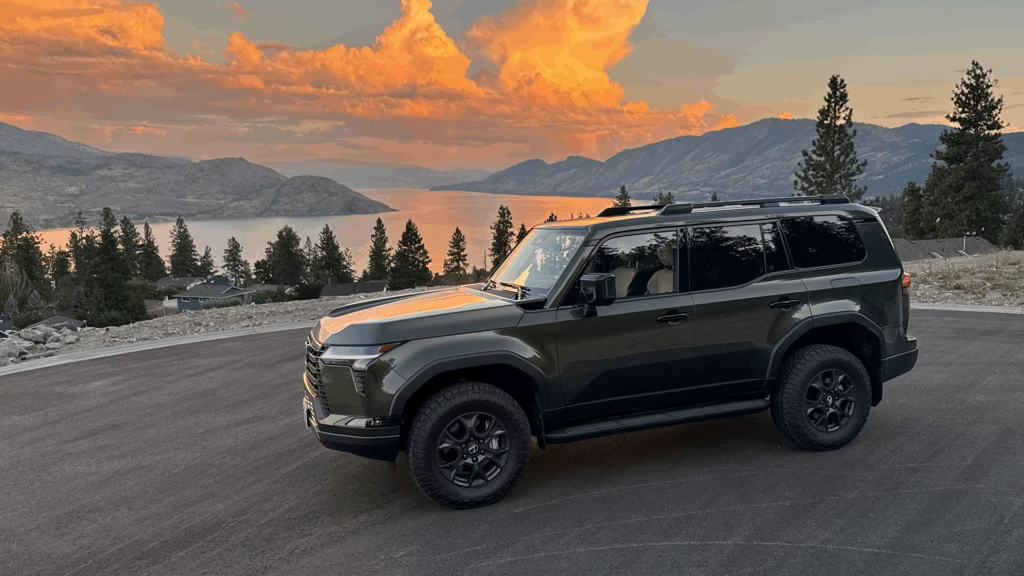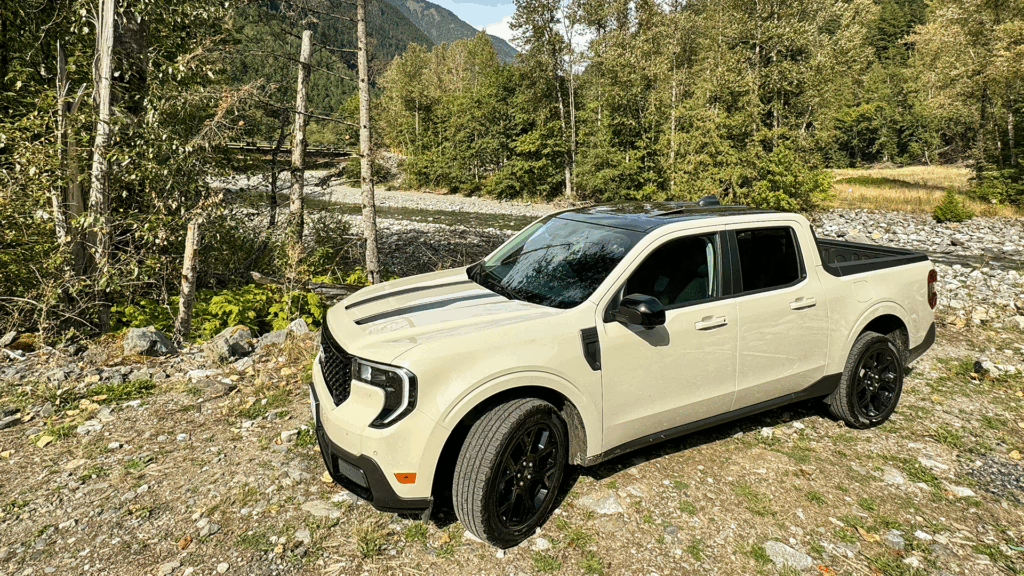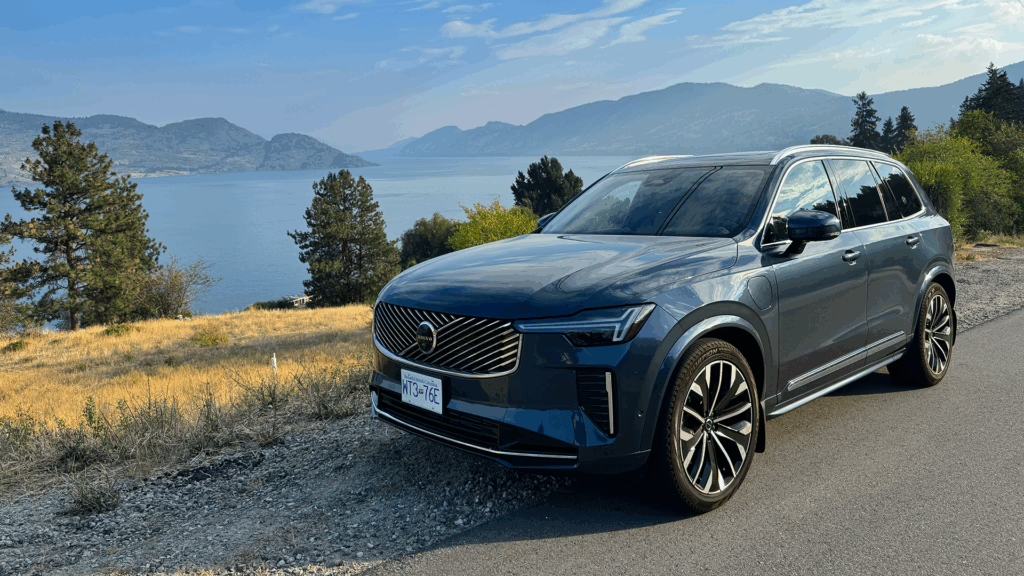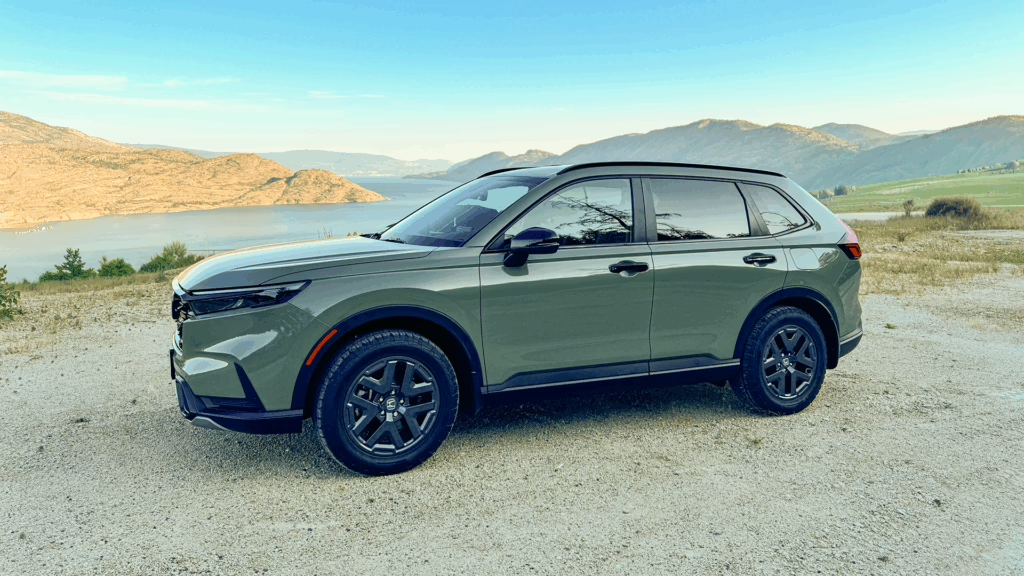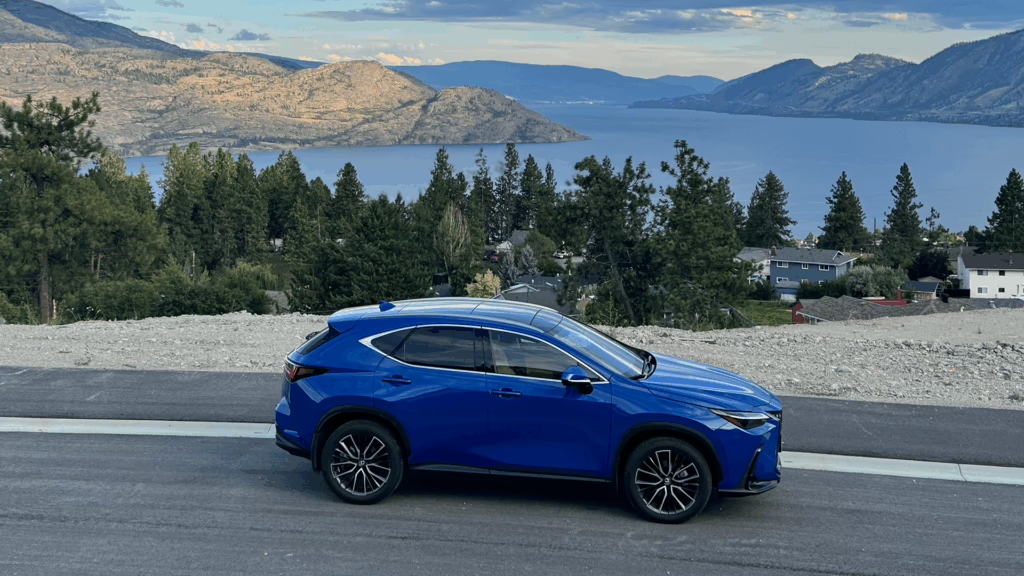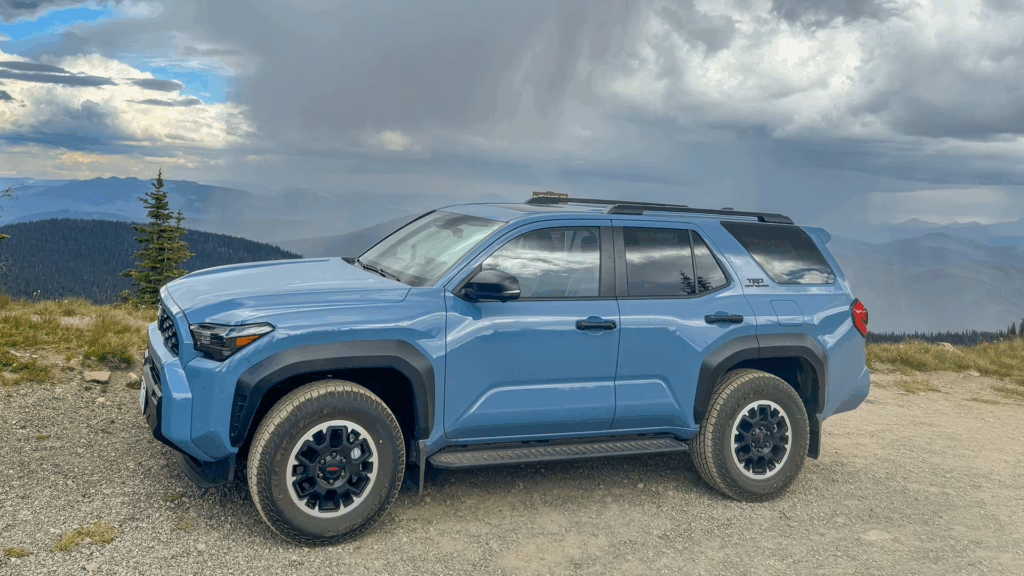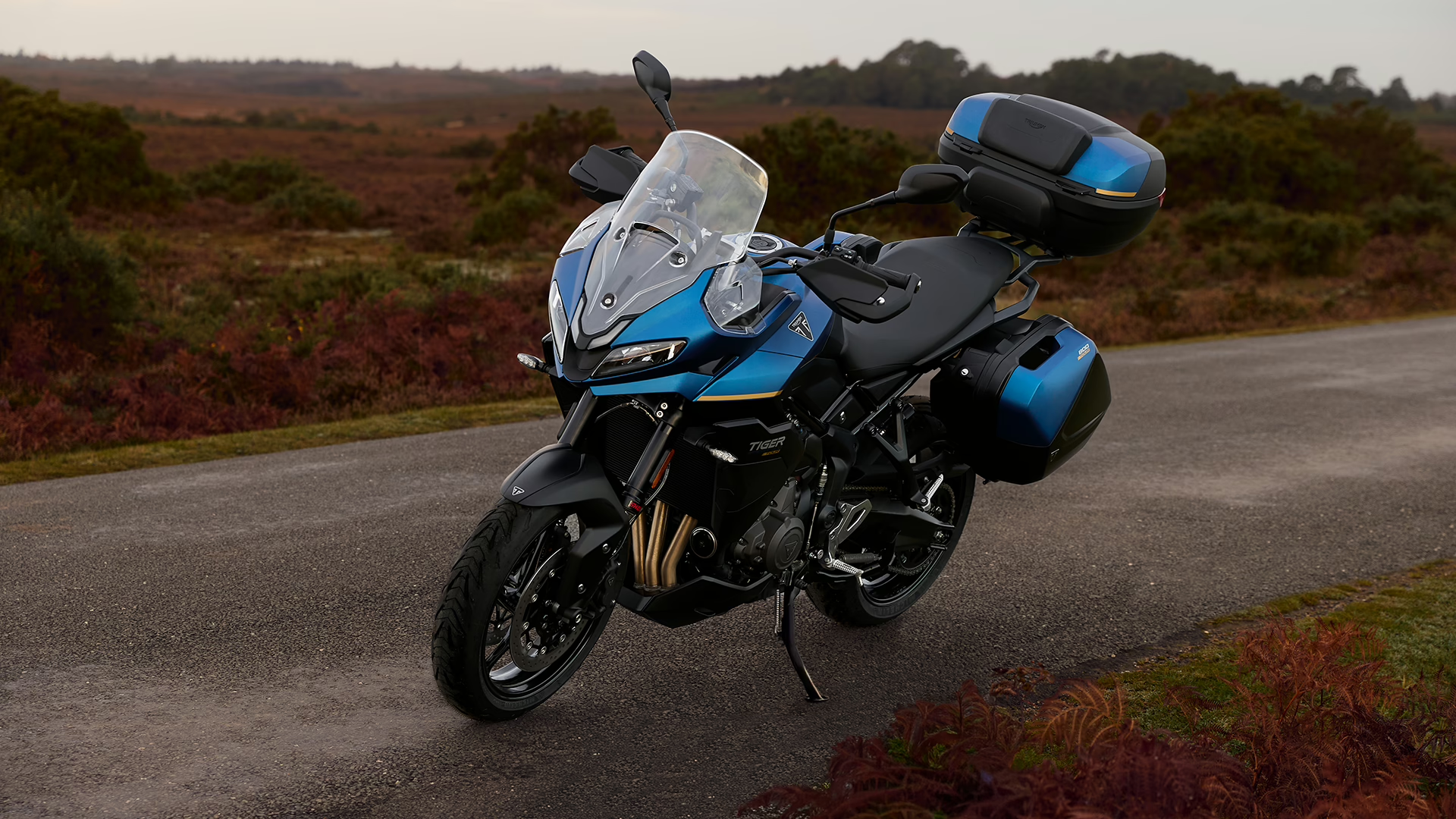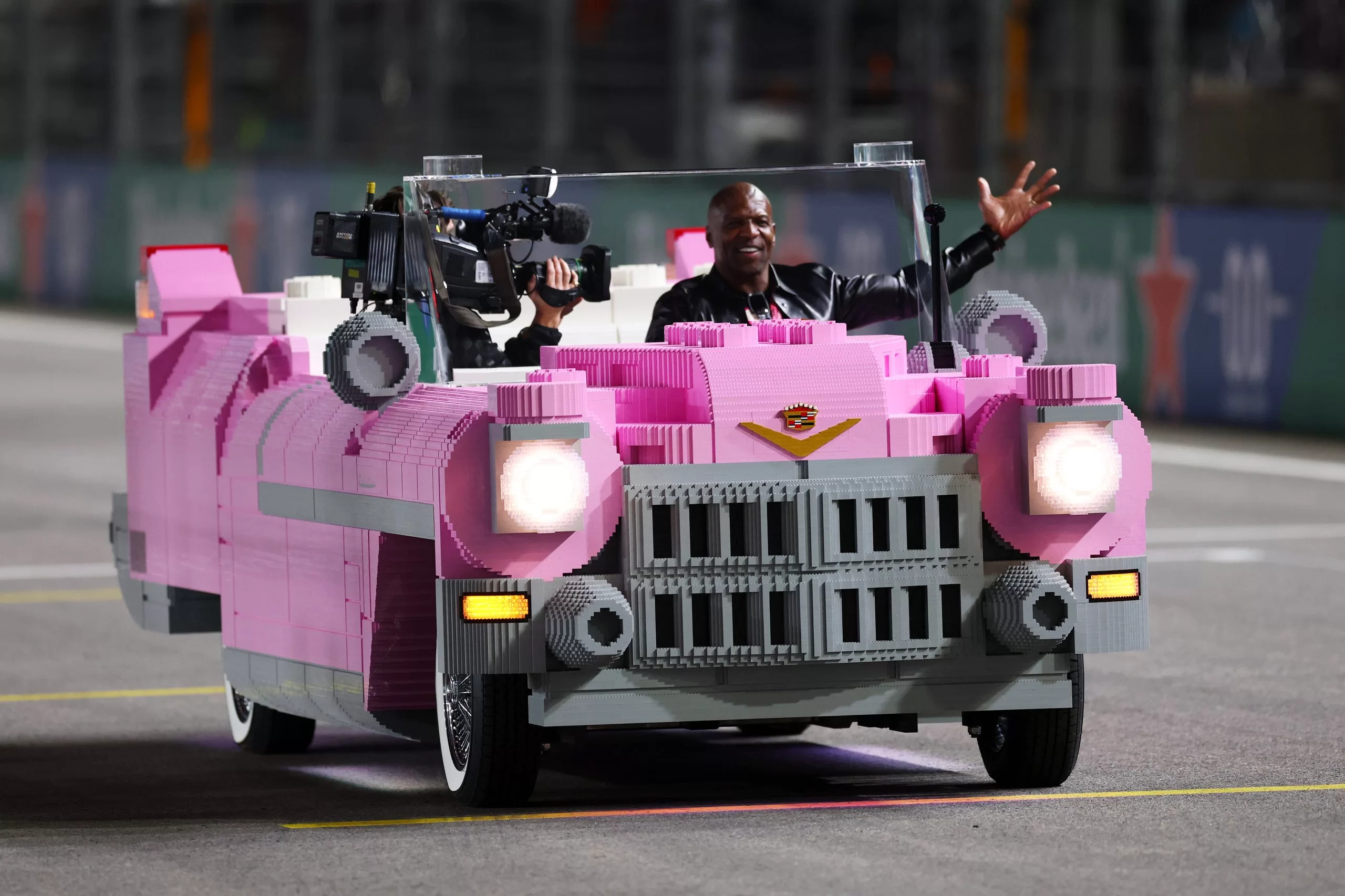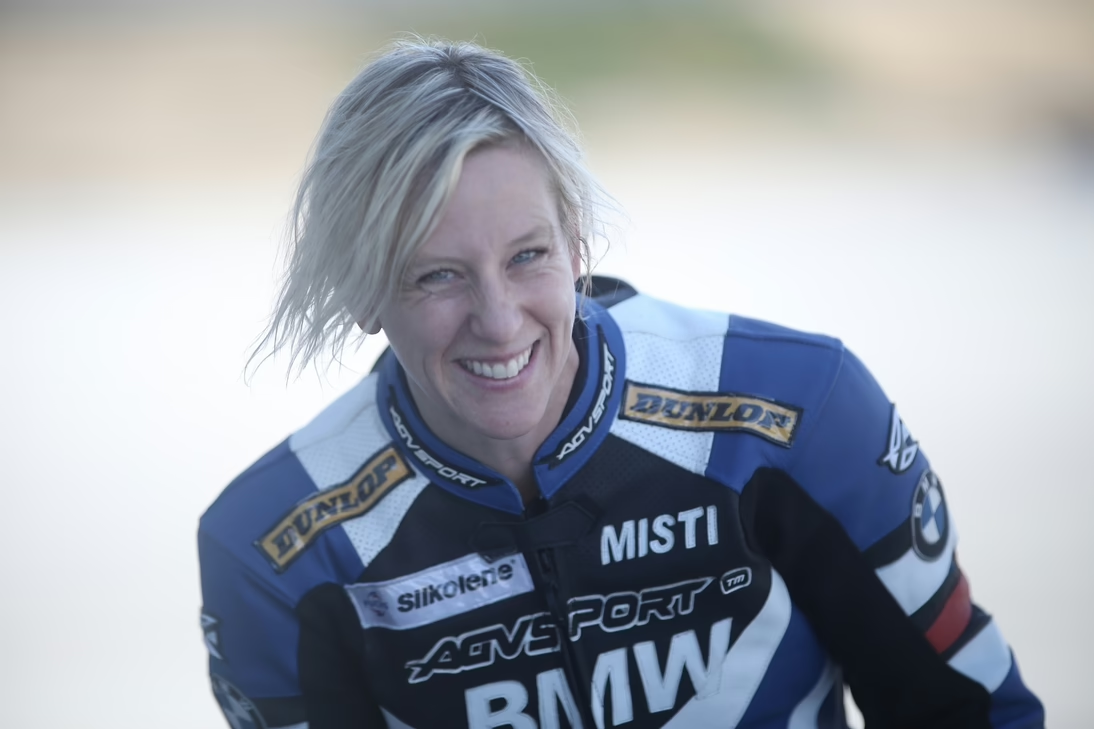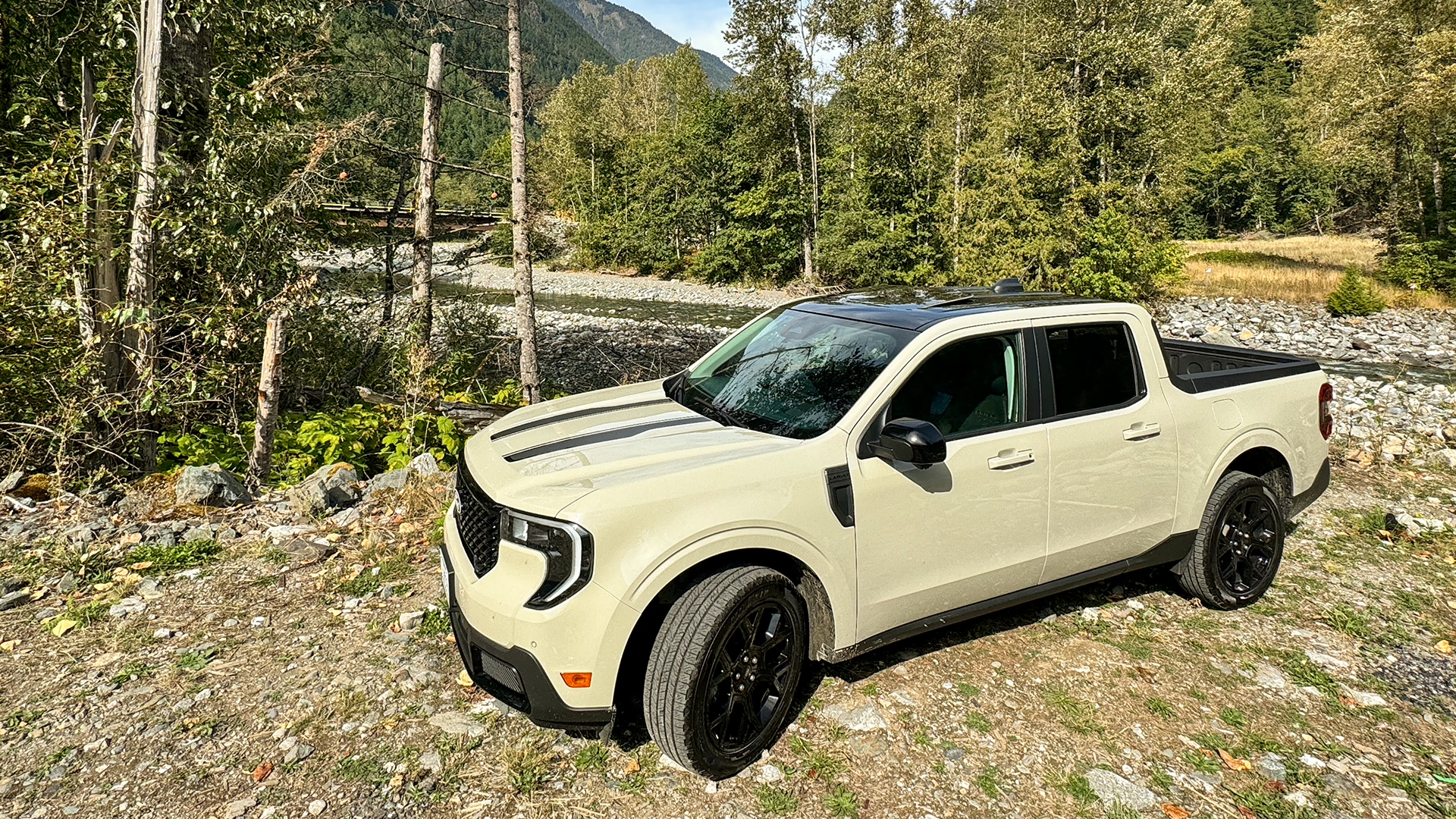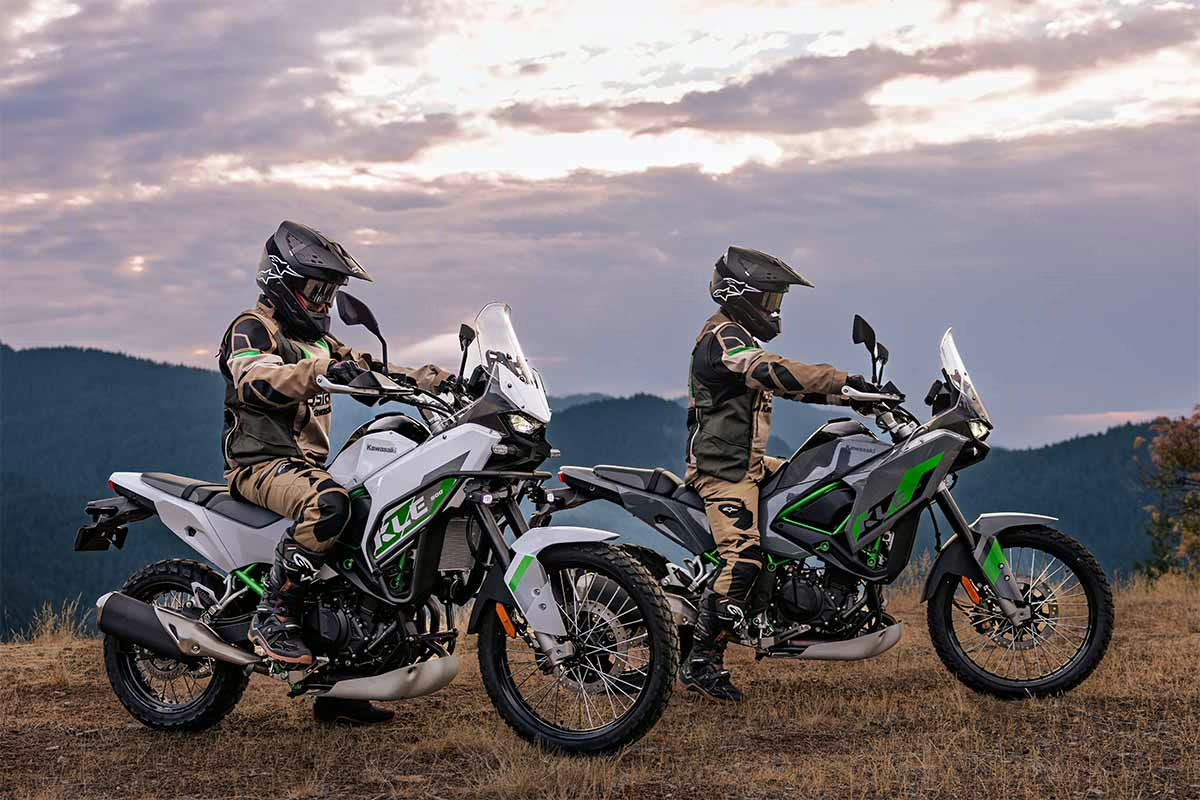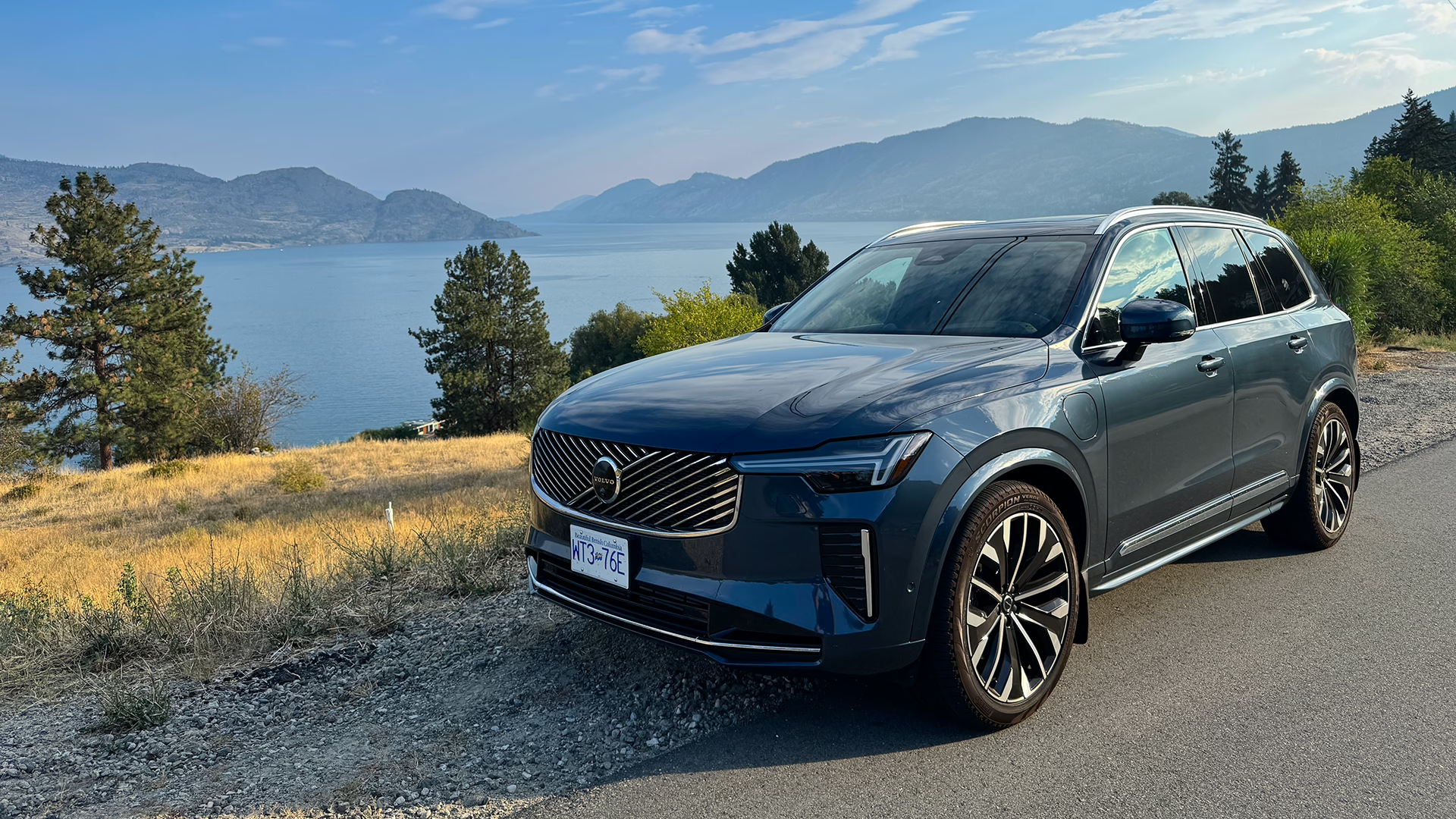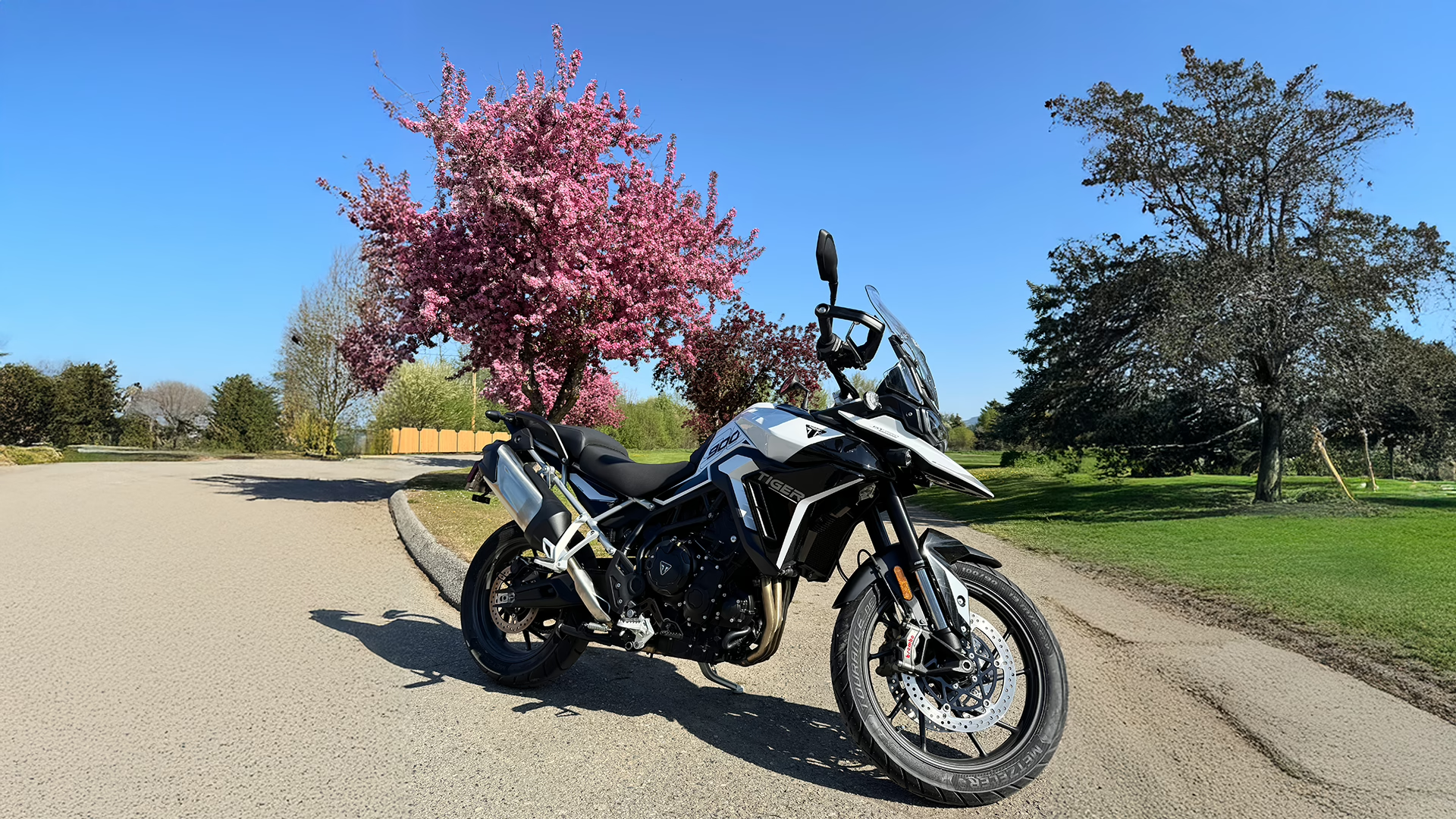The Insurance Corporation of British Columbia sent out this press release today and the tips for sharing the road should be shared with everyone.
ICBC’s tips for sharing the road with motorcyclists
As the weather gets warmer, more motorcyclists will be hitting the road, so ICBC is asking all drivers to use extra caution and courtesy in sharing the road.
On average, each year in the B.C. there are 2,200 crashes involving a motorcycle or moped resulting in 1,500 injuries and 42 deaths.
Motorcyclists are eight times more likely to be killed and over 40 per cent more likely to be injured in a crash than other road users. ICBC wants everyone to safely get to where they’re going. The following information bulletins were issued offering tips to help drivers and motorcyclists share our roads safely.
TIPS FOR DRIVERS:
No. 1 – Be on the lookout: Motorcyclists are hard to see, especially at night or dusk and in heavy traffic. At intersections, scan and look carefully for motorcycles, particularly when turning left. It’s difficult to judge their distance and how fast they are travelling so if you see one, the safest thing to do is yield the right of way.
No. 2 – Watch the rider for clues: Sometimes a motorcycle’s turn signals are hard to see. If the rider shoulder checks or the motorcycle leans, the rider is probably planning to change lanes, adjust lane position or turn. Also, motorcyclists often ride in the left part of the lane to be more visible to drivers – don’t assume they’re planning to turn left.
No. 3 – Communicate: Acknowledge riders whenever possible – whether with a wave or eye contact – to let them know that you’ve seen them. Get in the habit of reading a motorcycle’s language.
No. 4 – Follow safely: Leave at least three seconds of following distance when you’re behind a motorcycle since they have a much shorter stopping distance than other vehicles. When passing, allow plenty of space because your vehicle could splash dirt or water in the rider’s face and pose a serious hazard to the rider. Remember that a motorcycle needs the whole lane to travel safely – never try to occupy the space in the lane beside a motorcycle.
No.1 – Start at the top: As of June 1, 2012, all motorcyclists must wear a helmet that meets DOT, Snell M2005 or M2010, or ECE safety standards. Make sure it displays the proper label and meets safety-helmet labeling requirements. A full-face helmet provides the best protection in a crash, as well as protection from rain, wind, dust, insects and debris.
The new law also states that motorcycle riders and passengers must have their feet on the foot pegs or floorboards, or be properly seated in a sidecar.
And don’t forget – you’re responsible to ensure passengers younger than 16 are properly seated. Anyone who can’t reach the foot pegs is not allowed to ride.
If you’ll be riding when it’s dark, take steps to be more visible to drivers by adding reflective material to your gear or wear a reflective vest over your jacket.
No. 2 – Do a pre-trip check: Before riding, always check your tire pressure, wheels and rims, drive system, electrical (lights, turn signals and horn), fluids, clutch, throttle, mirrors and brakes. It doesn’t take long and will become routine and automatic the more you do it.
No. 3 – Improve your traction: Slippery and wet roads, gravel or debris, railway tracks, lane markers, puddles and potholes are some of the common things that can affect a motorcycle’s traction. To improve traction, always keep your tires properly maintained and inflated. Scan the road ahead for potential hazards and avoid riding in the centre of the lane where oil and water can gather or on painted road markers.
No. 4 – Communicate with drivers: Read vehicle language – never rely on other road users’ judgment or assume they’ll respect your right of way. Remember, they may not see you and even if they do, they may not accurately judge your distance or speed. When in doubt, it’s better to yield the right of way. When overtaking vehicles in traffic, be sure to watch for signal lights, front wheel movements or drivers who are shoulder checking or checking their mirrors. Do your best to stay out of drivers’ blind spots.
No. 5 – Stay alert and use extra caution: One of the most common types of intersection crashes occurs when oncoming vehicles turn left in front of motorcyclists. When you see oncoming traffic signaling to turn left, reduce your speed and adjust your lane position to avoid a potential collision. If you’re signaling left from a highway, signal well in advance of your turn, check your mirrors and make sure you have plenty of space behind. Drivers may not be prepared to slow down for you.
Many motorcycle crashes occur on road curves and often involve the rider going off the road or crossing the centre line into oncoming traffic. To avoid this, plan your trajectory prior to reaching the curve and adjust your lane position and speed appropriately. Always look where you want to go.
For more road safety tips, visit icbc.com/road-safety.
*Statistics are based on 2007 to 2011 ICBC and 2007 – 2010 police data. Injured victim counts include anyone injured in the crash – not only motorcyclists. Fatal motorcyclist counts include only motorcycle drivers or passengers.
** Statement is based on ICBC injury data from 2006–2010 and police-reported fatality data from 2005–2009.


